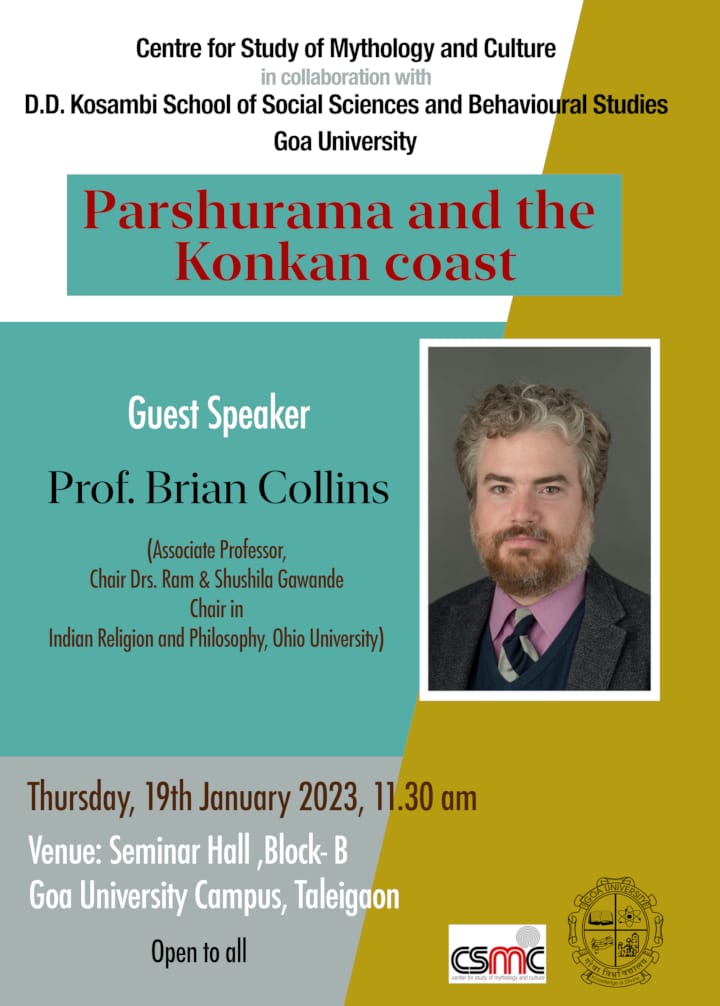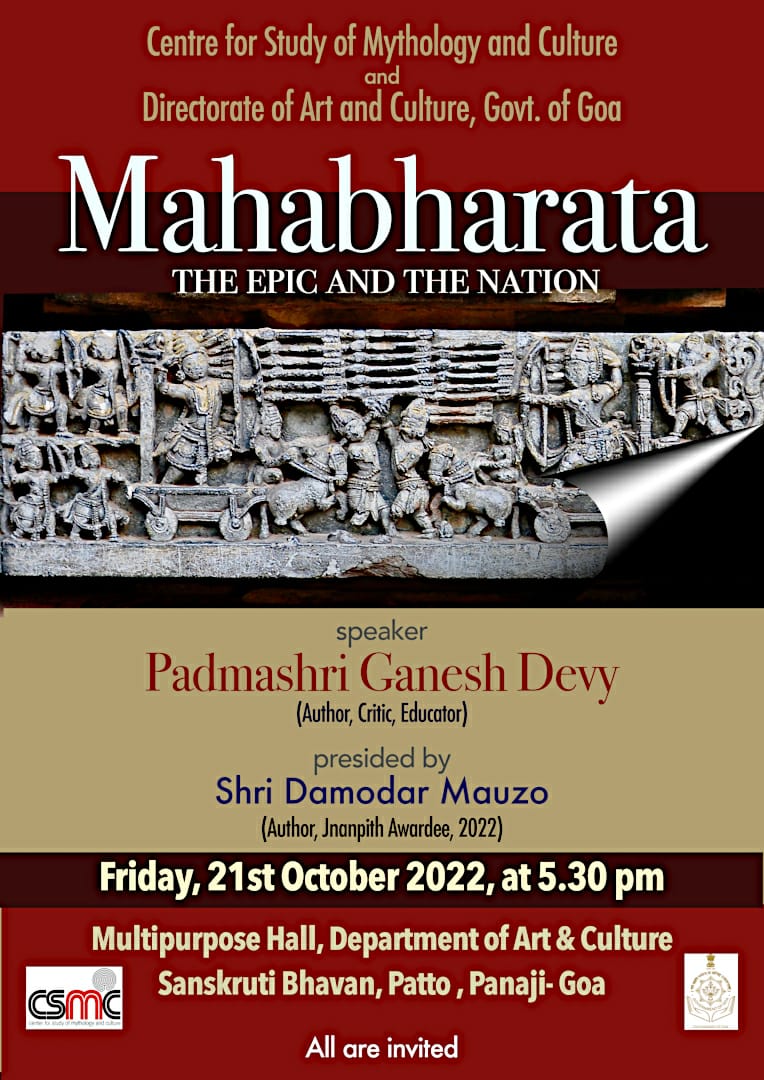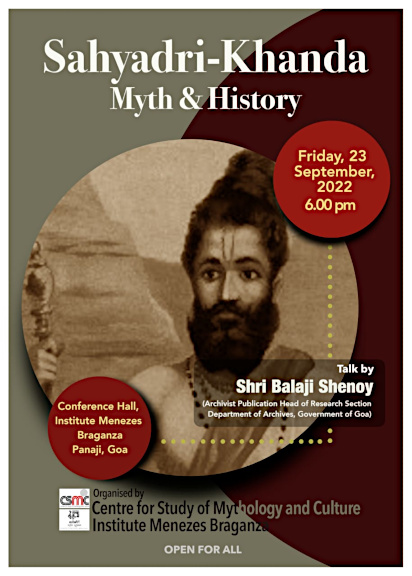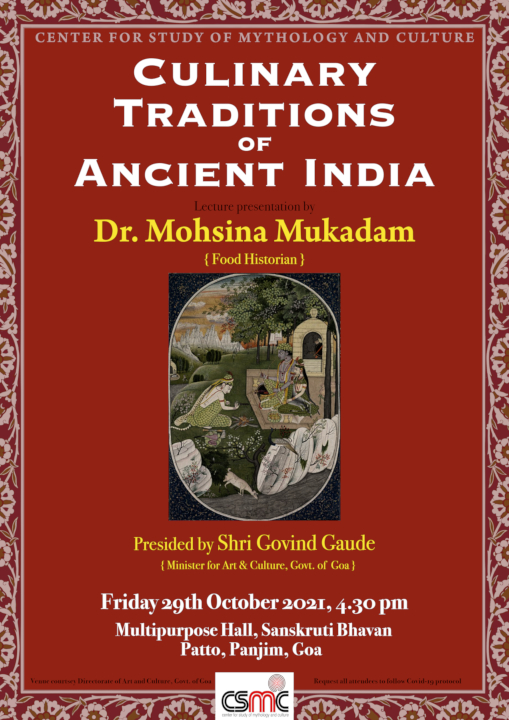In plays, even during the early years of this century, it was quite common to see men cross dressing as women, enacting the female roles, sometimes with comic hilarity. However, in Indian mythological tales, gods and goddesses engaged in transvestitism (dressing as someone of the other gender) or expressing trans-sexuality (transformation into a person of the opposite gender) is hardly a laughing matter. According to Wendy Doniger, in Hindu mythology the transformation of the gods and goddesses into other genders is ‘often lethal than fecund’.
Here is one such tale. Set in Tirupati it is about an act of Goddess Gangamma who exacts revenge in her transvestite form. Her devotees continue to enact the ritual at the temple even today. In ancient times, near Tirupati there lived a wicked local warrior and landowner by the name Palegadu. He considered it his right to rape every virgin girl the night before her wedding. He spread absolute terror and took pride in his power over hapless villagers.
One day he happened to set his eyes on Gangamma. She was drying her hair after her bath and he felt a wave of lust rise within him. Gangamma was furious at his amorous advances and decided to teach him the lesson of his life.
She began stalking him. Each day she would assume a different disguise and go looking for Pelagadu. Finally she located him in Tirupati, at his drunk and abusive best. She decided that this was the best time to make him pay for what he had done. She dressed up as an outcast sweeper woman and went from house to house requesting everyone to remain indoors so that they would not be harmed. The next day she dressed as a man, as Prince Dora from a nearby village and went to Palegadu’s house. As expected, he was sitting with his friends gambling and drinking alcohol. Gangamma (as Dora) called upon Pelagadu and challenged him with a drawn sword in her hand. Enraged Pelagadu leaped forward to fight her.
In swift moves Gangamma overpowered Pelagadu and pounced forward to kill him with her sword pointed at his neck. But before she could behead Palegadu she showed her true form* (Vishvarupa) and declared, “This is what a woman really is”.
Palegadu fell at her feet pleading for mercy and vowed that he would be her devotee the rest of his life. But Gangamma refused to pardon him, declaring that his promise was a hollow one and he would continue the way he was before tormenting everyone. She then sliced his head from his body with a mighty swing of her sword.
Gangamma turned to her people (the weaver community) and pierced her tongue with a needle to demonstrate her power. She then instructed them how to dress up like her and lay out the entire series of events, so that she could return to Tirupati every year. Uttering these words, she turned into stone at the Tallapaka Shrine.
* In another tale it is said, she revealed her identity as Gangamma just before killing him, reminding him of the humiliation he had meted out to her and many other women like her.
Story Collected by : Vidya Kamat
Textual Source: Doniger, Wendy, Splitting the Difference, OUP, New Delhi, 2000, pp286
Location: Andhra Pradesh
Image Details: Mughal Miniature c. 18th Century
Image Source: Wikipedia












Leave a Comment